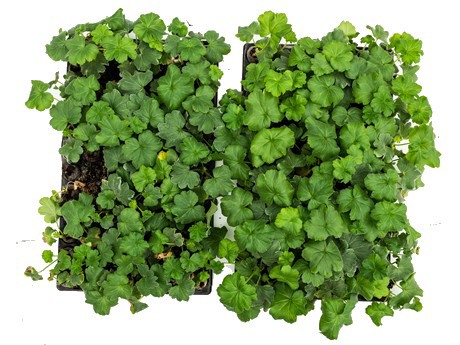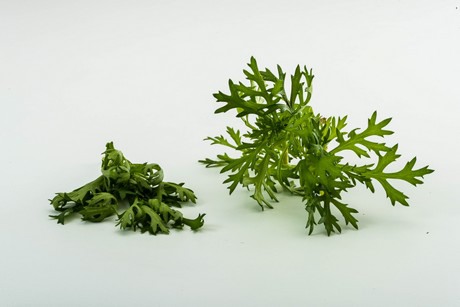Syngenta Flowers and OptiFreeze AB from Sweden have signed a collaboration agreement to further test and develop OptiCept; a breakthrough technology in shelf life optimization. OptiCept is a method to improve the post-harvest quality of cuttings, cut flowers and potentially also seed. By using the OptiCept method, the shelf-life of flowers can be increased significantly from typically four to 11 days or more.
Syngenta Flowers’ Innovation Manager, Josef Fischer says: “We are impressed by OptiFreeze’s invention and believe this breakthrough technology will improve the quality of unrooted cuttings and young plants for our customers. The improved shelf life of nearly two weeks enables much better planning and handling of our products with a more predictable supply to grower’s sites. The combination of improved quality, better storability and transportability of unrooted cuttings is really exciting as it allows the industry to deliver better products more reliably and reduce waste significantly.”

From left to right: Göran Hedbys, Eda Demir, Michael Kester and Josef Fischer
The challenge for the flowers industry is that production farms are typically located near the equator in Africa and Latin America. The survival time of harvested cuttings is fairly short and they have to be transported over long distances before planting in Europe and North America. With an improved survival time of nearly 14 days for cuttings.
Göran Hedbys, Chairman of the Board of OptiFreeze, says: “We have now been working for 18 months with Syngenta Flowers and the cooperation on all levels has been very good and very constructive. For us, Syngenta Flowers is a perfect partner with the market insights that we are missing. We will also get some muscles behind us for the next step when making the technology an industrial standard. Step-by-step we are discovering the potential this technology has and by combining our forces we will take a huge leap forward.”

Pelargonium treated (on the right) and control cuttings were stored 7 days after treatment and planted.
Optifreeze AB is a stock listed Swedish start-up from Lund university. It has developed a patented process that enhances taste, shape and texture of plant materials. The first collaboration with Syngenta Flowers was in July 2017 to test the OptiFreeze technology in Calliope Pelargonium cuttings to see whether the quality and shelf life could be improved. The test results have been very promising, not only in pelargonium, but also in other ornamental crops like Rio Dipladenia, Lavendula and Argyranthemum. The improved shelf life holds the promise to solve logistic problems with which the industry has been struggling with for many years.
The first industrial line will shortly be installed at Syngenta Flowers cuttings farm in Kenya, which produces over 100 million cuttings per year. During 2019, additional tests will be done to develop the technology for commercial production. The company expects to enter a pre-commercial phase during the second half the year, followed by first commercial use in the 2019/2020 season. The combination of OptiFreeze’ technology and Syngenta’s industrial knowledge will accelerate the market introduction of OptiCept. The method will be available for other flowers production companies through a licencing model.

Argyranthemum treated (on the right) and control cuttings were stored 10 days in the fridge. The picture shows how they look before planting.
Technology
The OptiFreeze technology consists of two steps: Vacuum Infusion (VI) and Pulsed Electric Field (PEF). These two steps allow impregnation of liquids into plant cells, without damaging the plant tissues. By this technology, the life expectancy of flower cuttings are increased dramatically. It also has a positive effect on the rooting speed and growth after transportation, resulting in stronger plants. The improved shelf life can bring efficiency at the farm, improved logistics, gives a better quality at the grower and extra value to the plant.
 Syngenta Flowers
Syngenta Flowers
 OptiFreeze
OptiFreeze